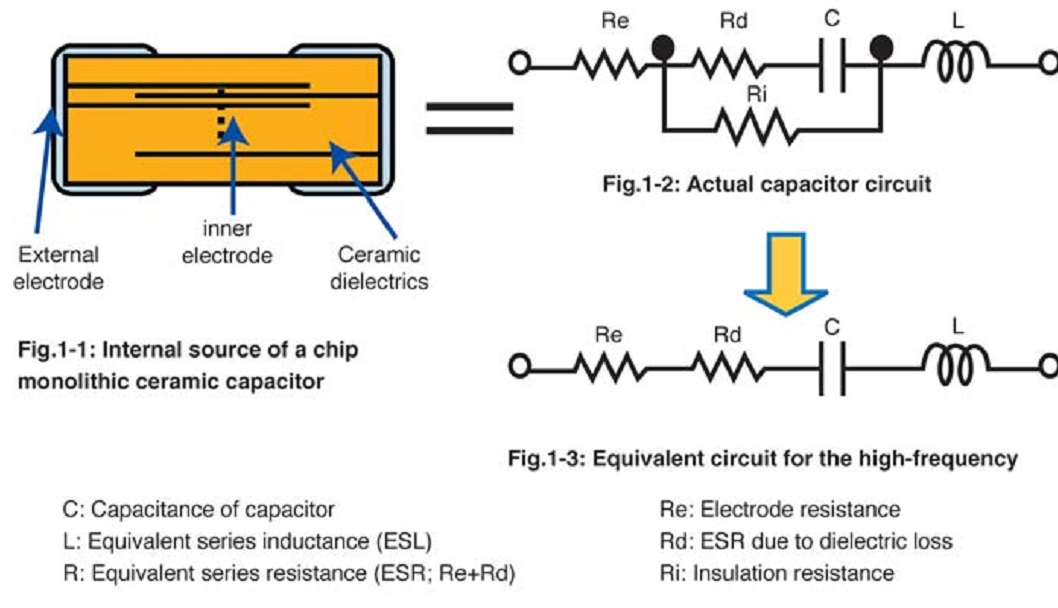vreg
Member level 4
Hi,
Is there any book on analog electronics that gives good circuit examples with explanations of each component. I'm looking for something with practical circuit examples and not just concepts. Like why that particular capacitor is included in the circuit- most books just explain the main components and don't explain why all the other components are there...
Thanks.
Is there any book on analog electronics that gives good circuit examples with explanations of each component. I'm looking for something with practical circuit examples and not just concepts. Like why that particular capacitor is included in the circuit- most books just explain the main components and don't explain why all the other components are there...
Thanks.
